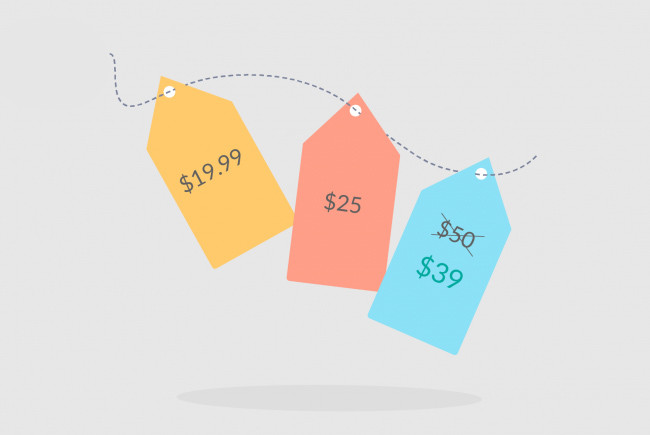Selling tickets isn’t just about covering costs — it’s about understanding your audience’s behavior and how they perceive value. By applying key psychological pricing tactics, you can boost sales, increase urgency, and guide people to the ticket tier that’s best for them (and you). Let’s break down the top 10 pricing strategies that tap into how people really make decisions.
1. Charm Pricing (e.g. $49.99 vs $50)
Ending a price in .99 makes it feel significantly cheaper than rounding up. This “left-digit effect” tricks the brain into focusing on the first number.
Use it: Price General Admission at $49.99 rather than $50 to create a perception of a better deal.

2. Anchoring with Tiered Options
Offer multiple tiers—like Basic, VIP, and Super VIP—to “anchor” value. When customers see a higher price point first, the mid-tier suddenly looks like a bargain.
Use it: Set tickets at $99 (Standard), $199 (VIP), and $299 (Super VIP) to draw more people to the middle.
3. Scarcity & Urgency (FOMO)
Humans respond strongly to scarcity and deadlines. Phrases like “Only 10 tickets left!” or “Sale ends in 24 hours!” trigger immediate action.
Use it: Limit your early bird supply or set a strict deadline for lower pricing tiers.

4. Price Anchoring via Discount Display
When you show a crossed-out price next to a discounted price, the brain reads it as a “deal.” Even if $199 becomes $149, it feels like a win.
Use it: Show “Was $199 — Now $149” on VIP ticket sales for a limited time.
5. Prestige Pricing
Round numbers like $100 or $250 feel premium. They’re often used to signify exclusivity or status.
Use it: If you’re offering a luxury experience (like a backstage meet & greet), pricing it at $250 can help reinforce its perceived value.
6. The Decoy Effect
Adding an intentionally overpriced or undervalued option makes your preferred ticket seem like a better deal by comparison.
Use it: Add a “Super Ultra VIP” at $399 that few people will buy—just to make your $199 VIP seem like a sweet spot.
7. Justification Pricing
People are willing to pay more when they understand why it costs more. This can be impact-driven (e.g., supports a cause) or value-driven (e.g., includes food, drinks, or merch).
Use it: “Your VIP ticket helps fund local performers and includes a signed poster.”
8. Framing Discounts Effectively
A $20 savings sounds better than 10% off—even if the math is the same. People respond more strongly to absolute values.
Use it: Instead of “10% off,” say “Save $20 when you buy by Friday.”

9. Transparent Pricing Builds Trust
Avoid surprise fees and show a breakdown of costs during checkout. Transparency boosts conversions and lowers cart abandonment.
Use it: Make sure your checkout flow displays all fees clearly upfront.
10. Dynamic Pricing (Used Carefully)
Dynamic pricing changes ticket costs based on demand. While powerful, it can backfire if customers feel like they’re being manipulated.
Use it: Let customers know prices will go up as ticket inventory decreases—but don’t hide the mechanics. Always show the current price clearly.
✅ Final Thoughts
The goal of psychological pricing isn’t to trick your audience — it’s to communicate value effectively. By using these tactics with integrity and transparency, you’ll sell more tickets and create happier attendees who feel great about their purchase.
As always if you are looking for a great event to attend you can purchase tickets HERE.
Other Articles

